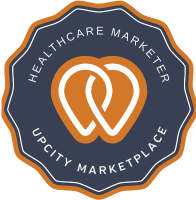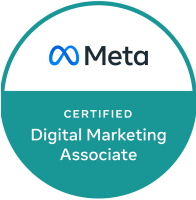It is the dream of every business owner to have a website that generates leads for their business.
I respect this desire however as they say Hoping is not a Strategy, you have to take action. A website must Do Something, it cannot just act as a brochure, eating up your budget in hosting and domain renewals. It must generate leads for your business which you can nurture and prospects.
Today we’ll focus on this marketing challenge ie. How to Generate Leads. There are people who have figured it out and are doing it very well, while others just don’t get it.
There are 10 Ways which you can follow to turn your website into a lead generation machine.
1. Hello Bar
We live in an age when brands define the products (e.g Cola drink being called Coke, Diapers commonly called Pampers). The case is the same with the Hello Bar. The Hello bar situates itself at the very top of your page, spans the whole width of the site, and provides an easy but unobtrusive way of gather leads. Providing a free newsletter or free e-book? Then this is a fantastic place to advertise that!
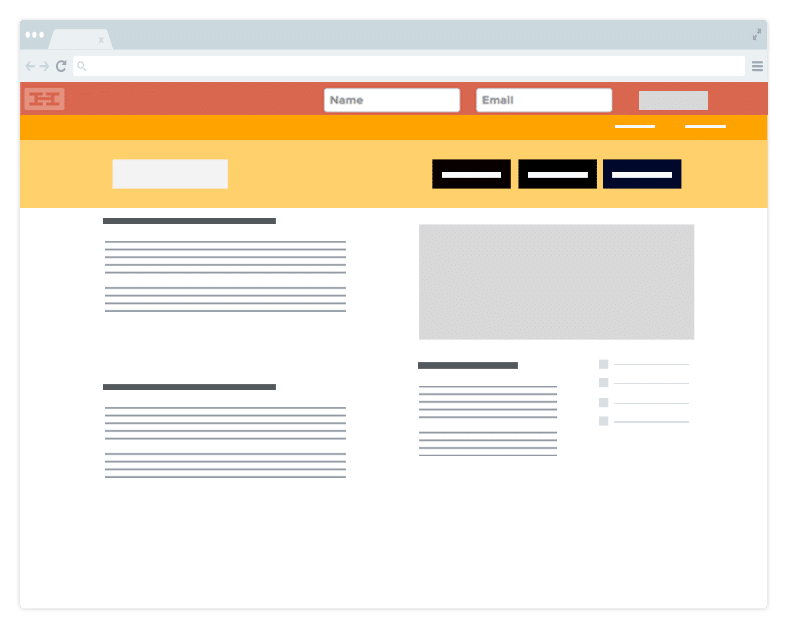
It isn’t an ‘in your face’ marketing ploy, but rather it provides a subtle way of pushing a product, providing your email address or as a way to capture leads on your website.
It is also worth considering for social media links. Where do most sites insert their social media icons? Near the bottom usually and with less than 30% of visitors actually getting that far, the Hello Bar is a fantastic way to highlight your social media profiles.
2. Sidebar Opt-in
Sidebar opt-in is probably the most common way of capturing leads on a website, as many big websites are doing this. The side bar opt-in form is seen on almost all sites that are aimed at getting subscriptions.
You see these forms on websites everywhere, because it doesn’t detract from the main content but still catches the eye and persuades people to opt in to the offer you are giving away, or even to just subscribe to your list.
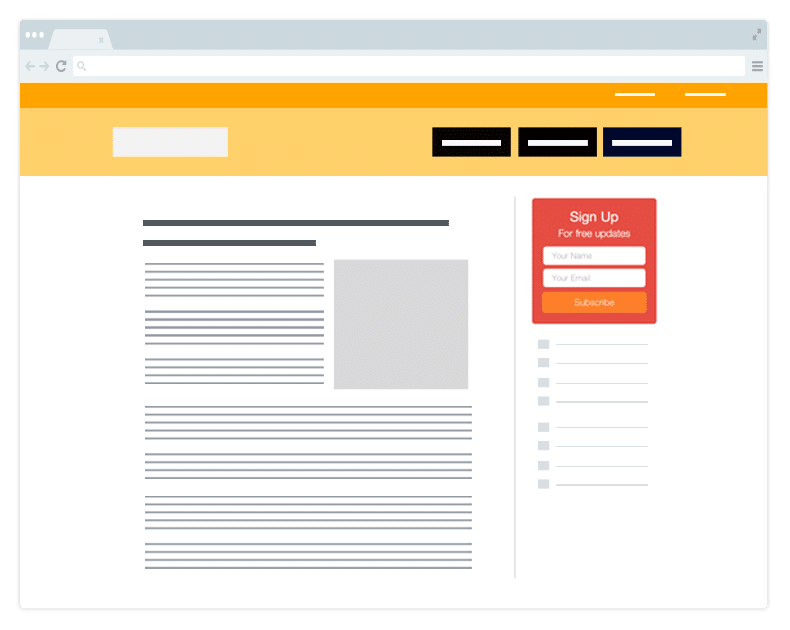
It is quite a subtle way of doing things without being overwhelming or impacting on your website. The conversion on sidebar opt-ins might be low as compared with other areas on your website, but it is a nice way to use that space on your website and to get some attention if you’re giving away something for free. You can see the Sidebar Opt-in in action on Omnicore Blog and Copyblogger Blog.
3. Feature Box
Derek Halpern from Social Triggers says, “If you don’t use a homepage feature box, you are a moron”. The feature box is a big banner at the top of your blog or homepage, which has the sole aim of turning visitors into subscribers. The reason it works so well is that it sits above the fold area and is non-obtrusive, unlike the pop-ups, which are not nicely designed most of the time.
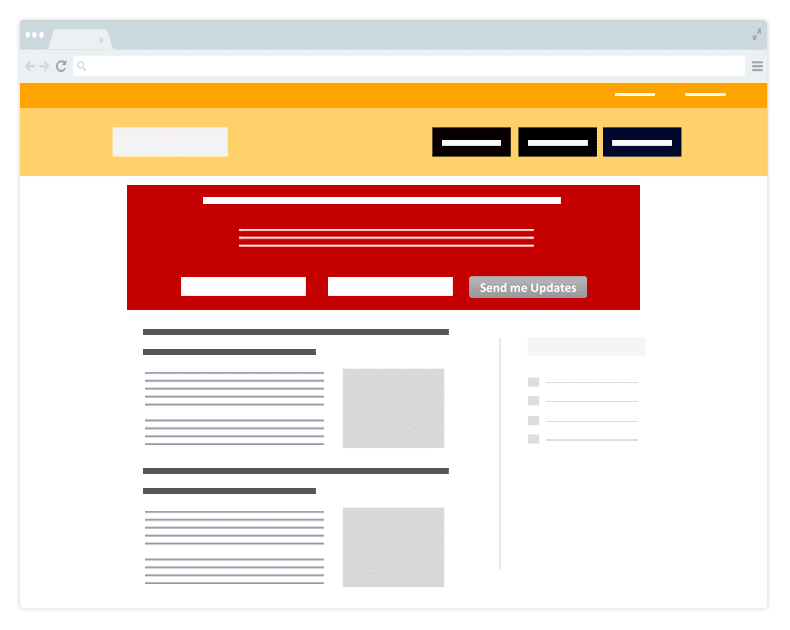
They have been around for some time now but really picked up in 2013 when big brands started using them and sharing their results on how well they are converting for them.
Folks at Helpscout are using the Feature box and killing with the conversions.
4. Pop-Ups
Pop-ups are a proven way of generating conversions and boosting your lead capturing statistics. Some people have found that their conversion rates have risen to nearly 15% on average with the use of popups, and they are an effective method of getting people onto your list. While many argue that they are not user friendly, they still do the job, and we see them being used a lot.
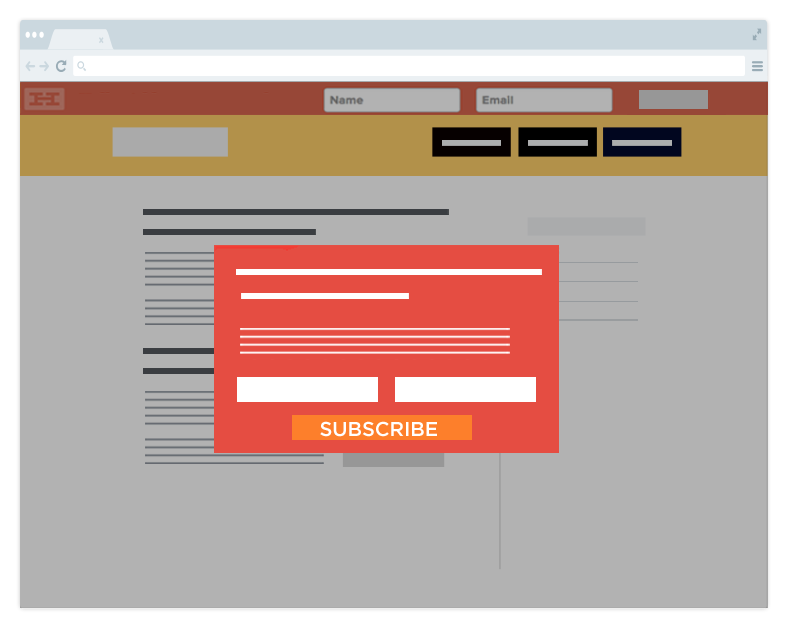
We do, however, suggest not to jump on the bandwagon without figuring out these three elements:
- Design
- Headline
- Timing
eConsultancy reports that an average overlay will increase opt-ins by up to 400%, and the 15-second timing beat 30-seconds by 11%, as well as 45-second timing by 50%.
So give some thought to your pop-up design, headline, and offer, and don’t be afraid to test several options.
5. Exit Pop-Ups
While they are still classified as pop-ups, they really deserve their own section because they are based on the latest technology called Exit-Intent.
Exit pop-ups appear when the visitor is about to leave your website. It provides one last chance for you to capture their email address and is best utilized to garner slightly more information than a regular pop-up.
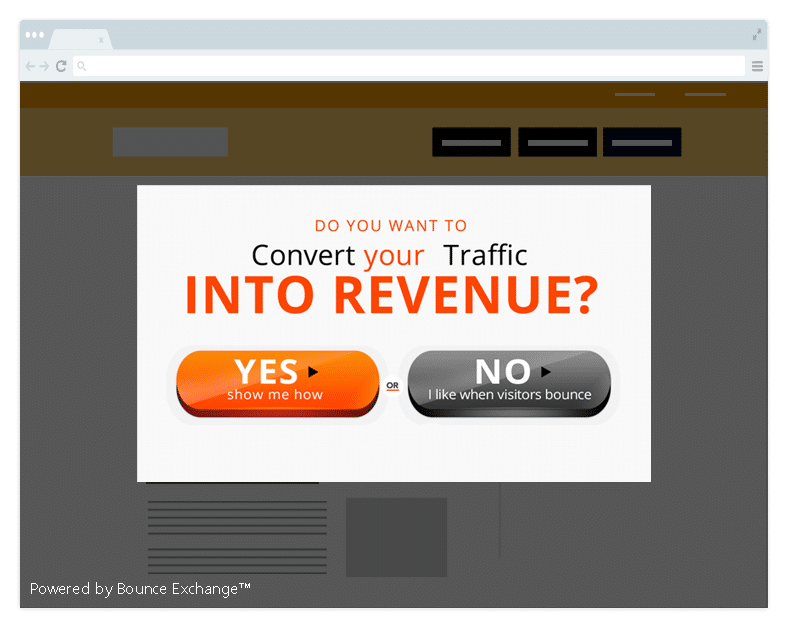
The run-of-the-mill pop-up should be kept simple, with an enticing few lines of text and a form for visitors to fill in their email address.
Exit popups should have slightly more detail, and a ideally should promote a specific part of your product/service to convince people to stay on your site or at least give out their email address.
Bounce Exchange was the first to come on the scene with the Exit Popups that used overlay background and often double optin or clever trigger taglines to entice users.
6. Slide In Pop-Ups
Slide-In Popups are also known as scroll trigger boxes that help you capture leads. These are not very popular, as you might know, because few have tried them, and those who have did it with stock designs, which don’t always convert best.
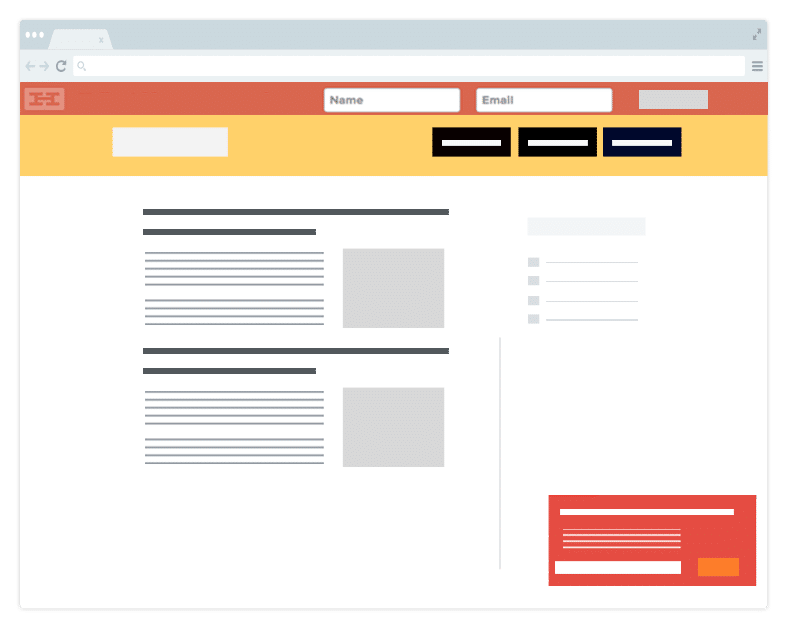
Slide in allows you to create graceful and eye catching marketing messages that grab your audiences’ attention and convert them to your product or service. The reason they work is because they are triggered when you are scrolling and catch attention of the reader.
They are not obtrusive, like the conventional pop-ups, and sit on the bottom right corner space without blocking you from reading the posts; additionally, you can close them. You can use these to capture leads against eBook/Guide giveaway, newsletter signups or just use it to promote recent or featured posts like NYtimes did.
7. Blog Post Pop-in
Your blog is one of the best places on your website to generate leads. While your blog’s primary purpose is as a source of thorough leadership and expertise for your target audience, your blog can also help you achieve measurable goals — especially when it comes to lead generation.
Time and time again, we try to tell people that great content makes the process of capturing leads and being successful online so much easier. Gone are the days of spun and poorly written website content (thankfully), and now the emphasis is on quality rather than quantity.
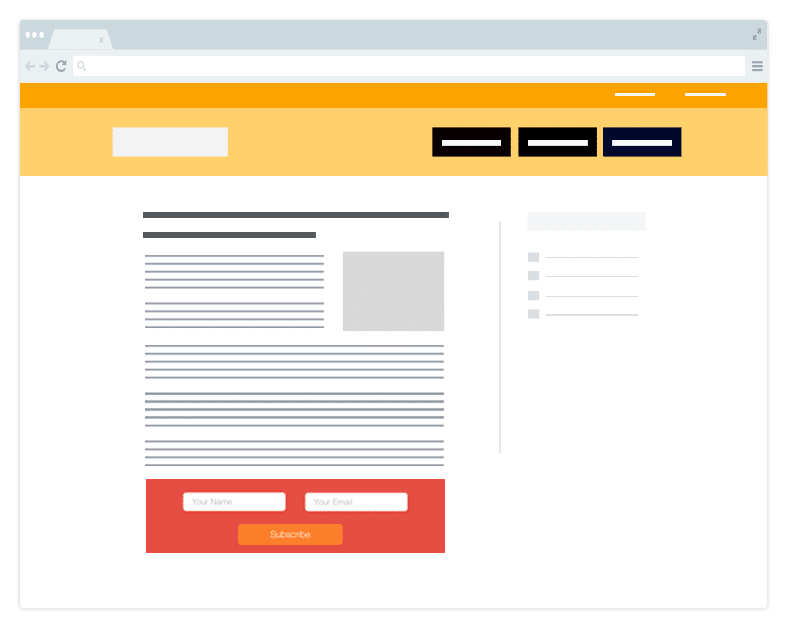
Why are we peddling this concept over and over again?
Well, one of the best places on your website and blog to capture a lead is in the actual post! So, when someone reads your website or blog post, they like it because it is informative and engaging, and they want to see more. Now, do you want them to scroll all the way back up to the top to subscribe? Of course you don’t, and this is why an opt-in within, or at the end of, your content is a prime position to capture someone’s details.
8. Guest Post Landing Page
It is well known that guest posting on blogs and websites with high traffic levels, and a good reputation is a sure-fire way to get people to your website. Not everyone manages to build their list, so they instead increase their conversions this way, because they simply link visitors to their homepage. Instead, create a specially-designed landing page for visitors to your site.
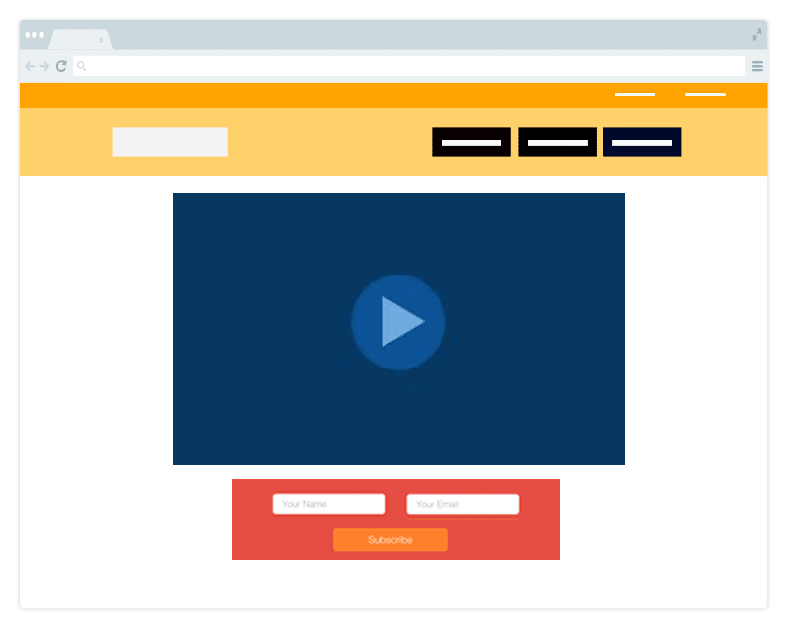
This can offer some basic information about yourself or the service you are pushing, as well as opt-in boxes, and offer to entice people to sign up to your list. If you guest post about blogging, then instead of linking to your homepage with a variety of services and information, send them directly to a special page just about blogging.
The key element of a Guest Post Landing page is to add the logo of the website where a visitor is coming from, and add a welcome headline; alternately, you can shoot a quick video, welcome them, and talk about your expertise and what benefit you can offer them, so that they will give their email to you in return for a giveaway or future updates.
9. Welcome Gate
This is a somewhat aggressive form of capturing leads, but one that has been shown to work over and over again.
Rather than sending new visitors to your homepage, they are sent directly to a landing page with a simple opt-in box. This is a smart way to ensure that most new visitors to your site will sign up and get added to your list, thereby increasing your outreach and bumping up your conversion rate.
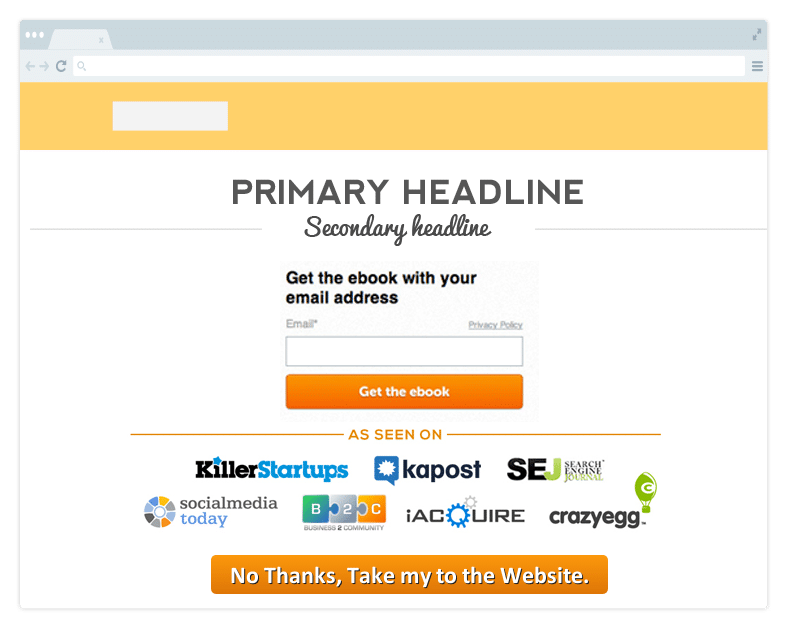
Andrew Warner from Mixergy makes good use of this technique.
10. Landing Page
Landing pages are customized pages that your leads are directed to from a social media page, an email send, a paid ad, or a CTA button or image from the website itself. Your landing pages should be specific to your campaign. Although creating a new landing page for every campaign isn’t easy, it’s a critical part of conversion and optimization.
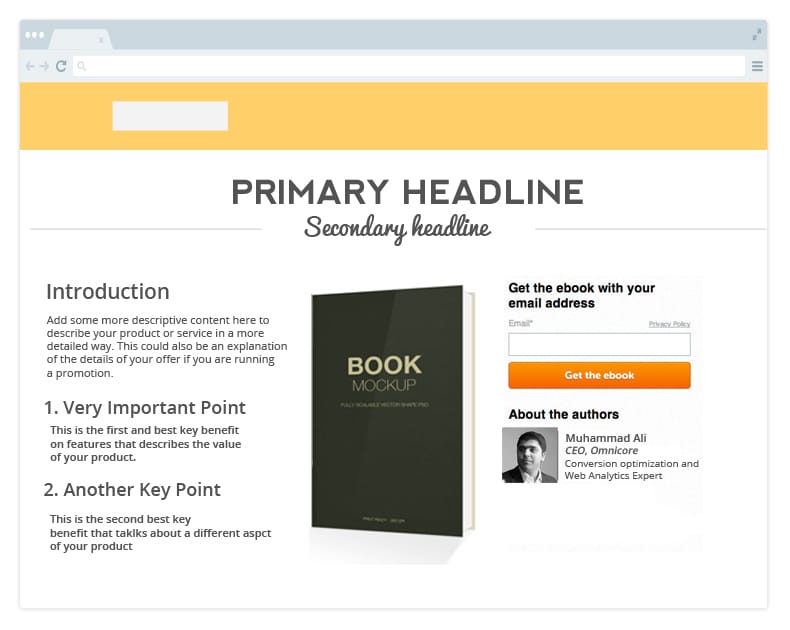
The Key elements of a landing page are:
a) Headline (Primary and Secondary)
b) Introduction (Detail about the Giveaway – Guide or Webinar)
c) Key Points
d) Visual Element ( Cover Image or a Video to increase conversions)
Is that all?
These are the 10 common lead generation methods being used modern day marketers and smart business owners.
To start you need the right set of tools to carry out each function, especially if you are not a developer.
Leave a comment below and share what method is working best for you…
Photo Credit: Unsplash


